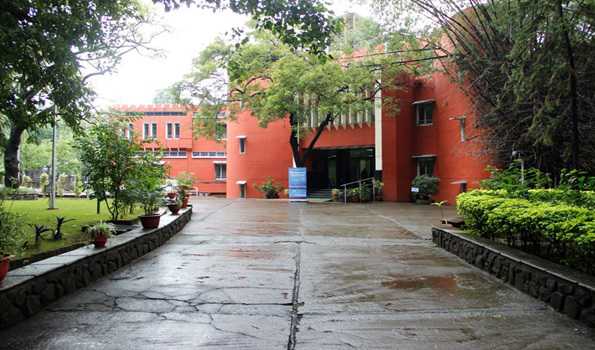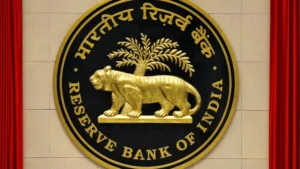
Pune, Nov 6: Cinema is more than just entertainment; it’s a reflection of a nation’s culture, history, and social evolution. In a country as diverse and culturally rich as India, the importance of preserving its cinematic heritage cannot be overstated.
However, many of these cinematic gems, created by legendary actors and filmmakers, risked being lost to time due to the deterioration of film prints and a lack of proper preservation. However, the Information and Broadcasting Ministry’s efforts to restore and preserve old classics as part of the National Film Heritage Mission found praise from eminent film personalities who spoke of their experience of watching the restored gems of India and harped on its importance while speaking on the occasion of World Cinema Day Sunday.
Celebrated Indian actress and the recipient of the Dadasaheb Phalke Award 2023, Waheeda Rehman, known for classics like Reshma Aur Shera, Guide, Chaudavi Ka Chand, among many other films shared her experience of watching a restored classic, saying, “I don’t like watching my own pictures (films), because one sees all the faults, but I was pleasantly surprised watching the restored version of Guide, said a statement Sunday.
After 60 years, it remains a sensible and mature picture that is also very entertaining. It was a special thrill watching it on the big screen with my daughter beside me. I would like to thank the Ministry of Information and Broadcasting for restoring these movies and keeping them intact for future generations to enjoy.” Renowned filmmaker Govind Nihalani added, ‘Watching the restored version of my film Aghaat was deeply satisfying. The sound quality, the color correction, the grain management; everything was outstanding. I am glad that the MIB and the NFDC-NFAI restored my 35mm film Aghaat.”
Indeed, NFDC-NFAI has been instrumental in safeguarding and archiving India’s cinematic treasures, ensuring that future generations can access and appreciate the rich tapestry of Indian cinema. The National Film Heritage Mission, launched in 2015, is a government initiative under the aegis of the Ministry of Information and Broadcasting. Its primary objective is to preserve, conserve, and digitise India’s vast cinematic heritage, statement added.
The NFHM is a massive undertaking that encompasses various aspects of film preservation, including the restoration of deteriorating films, digitisation of film prints, documentation, and preventive conservation, all of which is carried out at the state-of-the-art restoration and digitization facilities at NFDC-NFAI’s Pune campus.
Actor Vaibhav Anand, son of director Vijay Anand and nephew of actor Dev Anand, who was recently in the NFAI Pune campus to watch the screening of his uncle Dev Anand’s film and to witness an exhibition of original posters of Dev Anand’s film, said, “This is a great initiative under the NFDC-National Film Archive of India and the National Film Heritage Mission. The library of India’s films is being restored and preserved through combining international and Indian technology and expertise at the NFDC-NFAI in Pune. I want to congratulate the Government of India and the Ministry of I&B for this progressive step.” In fact, family members of various great filmmakers have expressed their appreciation for this initiative.
Vishnupriya Pandit, the granddaughter of Bharat Bhooshan, said, “As a cinegoer and an avid cinema lover, I truly appreciate the efforts taken by the NFDC-NFAI to refurbish Indian cinema’s golden history. As a granddaughter, watching my grandfather, Mr. Bharat Bhooshan, on the silver screen was a lifelong desire, and to experience it in the theatre was pure joy. I thank the Ministry of Information and Broadcasting for restoring ‘Barsāt Ki Rāt’ and the NFDC-NFAI for the invitation to watch the movie on a silver screen. That experience will stay with me for a very long time.’
In the upcoming months, many of the other significant films in a variety of languages are being restored as part of NFHM, which includes films in several Indian languages that are part of Indian cinema’s rich history. Speaking about the process of film restoration and digitisation, Prithul Kumar, MD, NFDC, said, “A crucial aspect of the NFHM is the restoration of classic films. Many of the older film prints are in a state of decay due to the passage of time, improper storage, and various environmental factors. These films are in danger of being lost forever if not carefully preserved. Old and deteriorating prints are meticulously revitalized, ensuring that the films’ original quality is retained. One of the key components of NFHM is the digitization of films. This process involves scanning and converting analog film prints into digital formats, which not only ensures their long-term preservation but also makes them accessible to a wider audience. The digitization process allows for easier restoration and distribution of classic films, making them available for future generations to study and enjoy.”
Through these efforts, the NFDC-NFAI ensures that the cinematic gems of yesteryear are not lost to the ravages of time, statement added.








